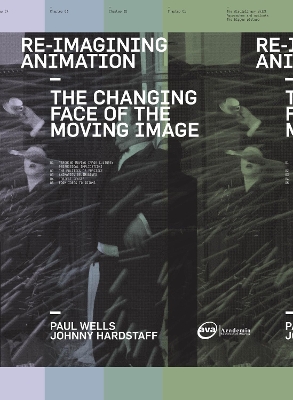Required Reading Range
2 total works
Re-Imagining Animation: The Changing Face of the Moving Image
by Paul Wells and Johnny Hardstaff
Published 25 August 2008
Re-Imagining Animation: The Changing Face of the Moving Image by Paul Wells and Johnny Hardstaff explores the changing nature of animation in the twenty-first century.
Animation was once constructed frame-by-frame, but now the creation and manipulation of the moving image has changed. With the digital revolution, what was once merely an adjunct of film has become central to the entire cinematic enterprise. This title examines animation's changing role through engagement with a series of contemporary moving-image works, and comprises an important text on a popular subject.
Each case study looks at the entire creative process, from the initial creative stimulus, through the development of an aesthetic and the technical production of the work, to the final outcome.
This book is suitable for students of animation, established professional animators, and anyone with an interest in animation.
Animation was once constructed frame-by-frame, but now the creation and manipulation of the moving image has changed. With the digital revolution, what was once merely an adjunct of film has become central to the entire cinematic enterprise. This title examines animation's changing role through engagement with a series of contemporary moving-image works, and comprises an important text on a popular subject.
Each case study looks at the entire creative process, from the initial creative stimulus, through the development of an aesthetic and the technical production of the work, to the final outcome.
This book is suitable for students of animation, established professional animators, and anyone with an interest in animation.
This book will explore the creative, educational, technical and critical issues at stake in 're-imagining animation'. The moving image pieces will be presented as a range of case studies looking at the production process from the initial choice and selection of the creative stimulus, through the discussion and decision informing the aesthetic and technical facilitation of the work, to the final outcome. These will then be analysed in meaning, purpose, and affect, and as part of a wider engagement with moving image culture. These case studies will represent a detailed evaluation of experimental work as it moves from 'script to screen', simultaneously addressing the interfaces between animation, film, graphic design and art-making in general, and it is this which essentially constitutes the 'advanced' level of the book in not merely foregrounding progressive contemporary work, but stressing innovative approaches to pedagogy and production. This book is suitable for students of animation, established professional animators, and anyone with an interest in animation.

